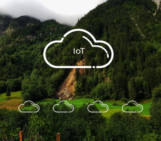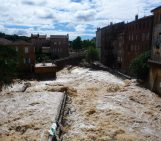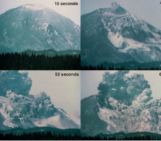
Earlier this year, the EGU Natural Hazards Division launched a new sub-division dedicated to climate hazards. In today’s interview, Dr Steven Hardiman, a Senior Research Scientist at the Met Office (UK) and the Science Officer of this new sub-division, will share some insights about NH11 and its future development.
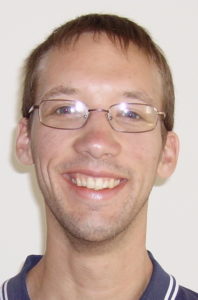
Dr Steven Hardiman
Hi Steve, and congratulations on your new role! Please tell us about your career and field of research
I work on global-scale atmospheric dynamics, teleconnections, and regional climate prediction. After completing a PhD at the University of Cambridge (UK), I was a Postdoc at the University of Toronto for a year and joined the Met Office 14 years ago. I now work in the seasonal-decadal forecasting team, focusing on the impacts of large-scale teleconnections on northern European weather and climate.
What is the purpose of the Climate Hazards sub-division?
The primary focus of the Climate Hazards sub-division is on the impact of both natural variability, and climate change on the increased risk we face from natural hazards. Much of the uncertainty in climate change simulations surrounds atmospheric dynamics and how global atmospheric circulation will change. The effects of global circulation patterns on regional climate and extremes are likely to be modified in a changing climate; therefore, understanding the impact on climate hazards requires significant further research. In this area, I think the Climate Hazards sub-division could bring together the scientific community and encourage collaboration.
Please tell us more about your role and your aims for the sub-division development
Since Climate Hazards is a new sub-division, setting out the purpose and direction described has been the central role this year, along with helping solicit sessions to run at the EGU General Assembly next year. In this year’s call for abstracts, there are sessions on the prediction of natural hazards and climate extremes on seasonal to decadal timescales, future changes in weather and climate hazards on decadal to centennial timescales, as well as a session focusing on delta and estuarine risk and resilience in a changing climate. The aim is to build a community of scientists whose research focuses on topics such as these. It will be very exciting to see how the sub-division, and the sessions that it offers, develop in the coming years!
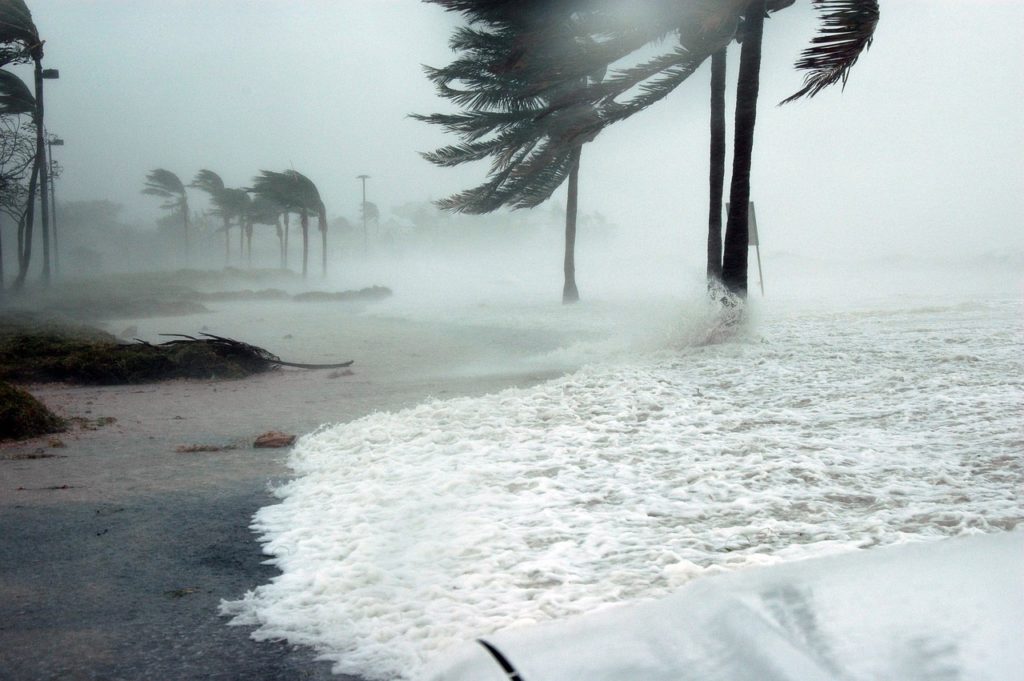
Hurricane Dennis, Florida. Photo credit: Image by David Mark from Pixabay (Pixabay licence)
How does the Climate Hazards sub-division envisage involving scientists, especially Early-Career Scientists, and creating collaborations inside and outside the science community?
We envisage bringing together scientists researching key topics such as the prediction of climate hazards and the uncertainty and challenges surrounding this, the role of large-scale teleconnections in driving regional extremes, climate change trends in hazards, and climate services supporting decision-making, local vulnerability/exposure to hazards, and risk mitigation/climate adaptation. The goal is to establish a community that fosters scientific collaboration specific to climate hazards. Early-Career Scientists are particularly encouraged to submit abstracts to the upcoming EGU General Assembly, which will be the start of this journey.
Climate change is one of the biggest challenges of our times, affecting every region on earth in multiple ways. What contribution can the Climate Hazards sub-division make to address the challenges of climate change and its impacts?
The impact of climate change on the frequency and magnitude of droughts, heatwaves, floods, wildfires, and tropical cyclones has the potential for severe socioeconomic and ecological effects. Understanding the expected changes in these hazards over the coming decades and centuries will enable us to design relevant climate services and allow society to adapt to future risks. Skilful forecasts on seasonal to decadal timescales can provide decision-makers with a valuable tool for planning for the extreme events of today and the near future. Increasing our fundamental understanding of the physical mechanisms driving climate variability and change will increase confidence in our predictions and projections of climate extremes and hazards. The Climate Hazards sub-division will facilitate better collaboration between scientists researching these essential areas to build a community to help address the coming challenges.
Post edited by Silvia De Angeli and Paulo Hader

